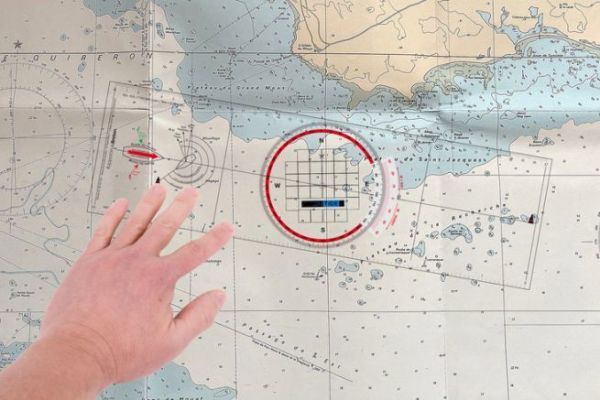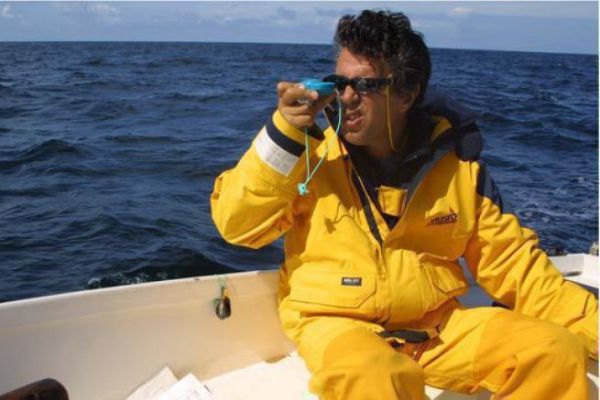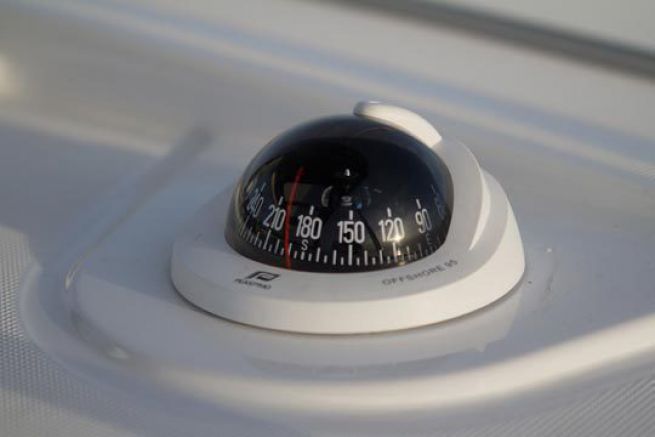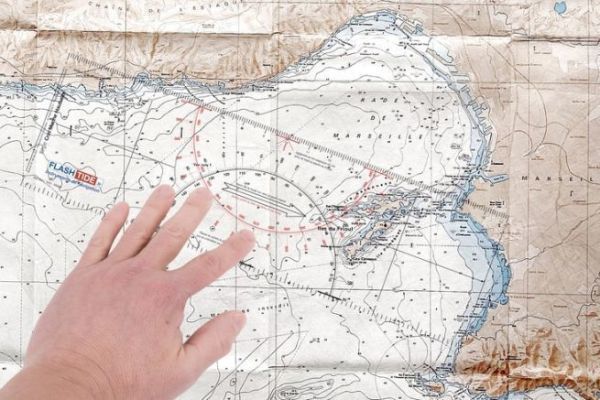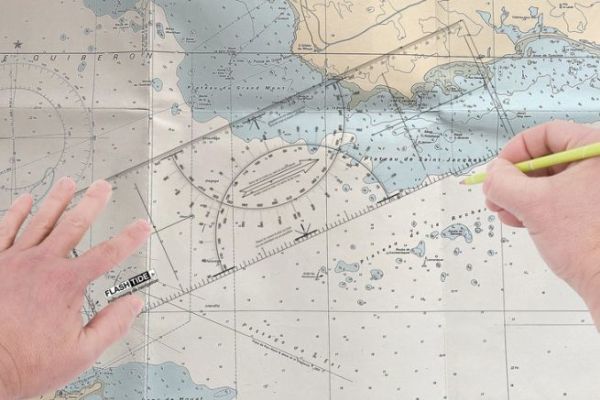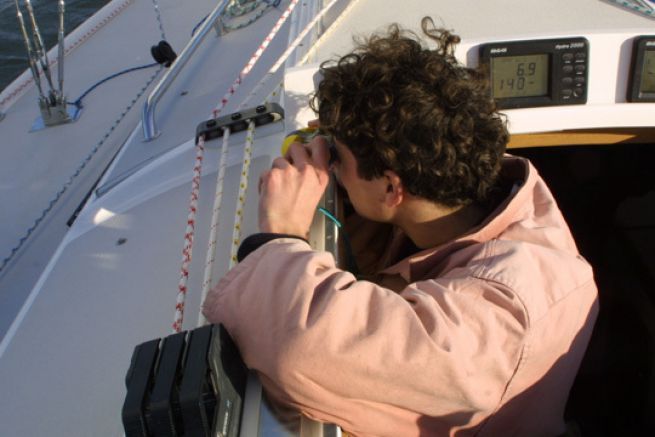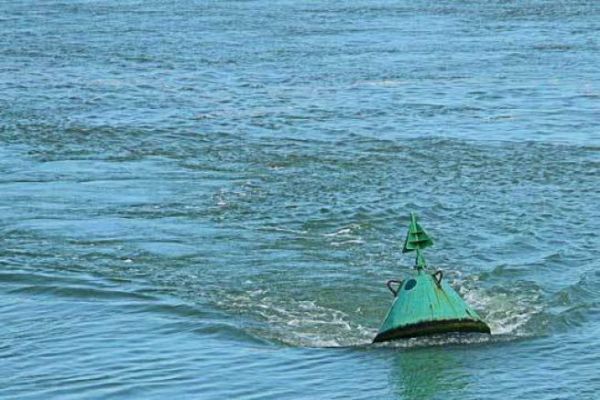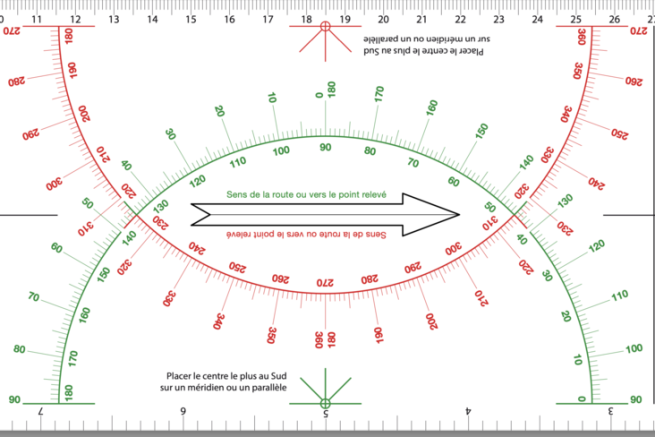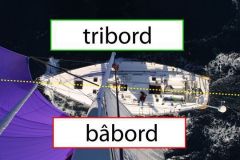French admiral Jean Cras is the inventor of the navigation rule the long-standing benchmark in this field. Born in 1920, this model was the first to combine a ruler with a protractor for plotting a route or taking a bearing on a map.
For greater precision and ease of use, two protractors are actually nested inside the ruler. A single protractor requires a ruler that is far too wide. Admittedly, this overlapping complicates reading, which requires a certain amount of practice. So the rule. Cras has evolved by using colors to easily differentiate the two overlapping protractors.
This double protractor system forces you to think carefully about which protractor to use to make your point.
Always use the most SOUTHERN (or LOWEST) protractor.
If you want to be sure of getting the right reading, before you start, you need to consider roughly the value you want to find in the end. Errors are almost always found at 90, 180, 270 degrees from the true heading. A few seconds' thought is all it takes to avoid this.
The 4 key points of the Cras rule
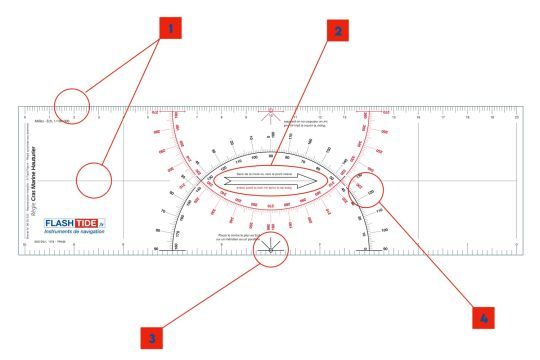
1 âeuros Center line or edge of the règle. Used to align or mark out the route.
2 âeuros The arrow in the center must indicate the direction of the course to follow. If not, turn the rule around!
3 âeuros The lowest protractor center is always used.
4 âeuros To use the règle the right way round (and not recto verso), you need to be able to read the printed instructions.
Reading a course or plotting a course
To read a heading, align the center of the lowest protractor with a longitude (vertical) or latitude (horizontal). Heading is always read with the figure that is "straight for the eye".
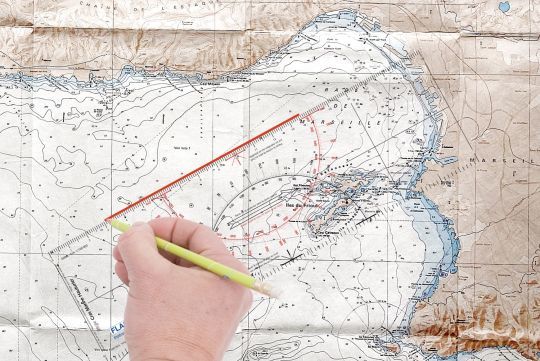
If I want to read the course of this road, which I draw in red on my map...
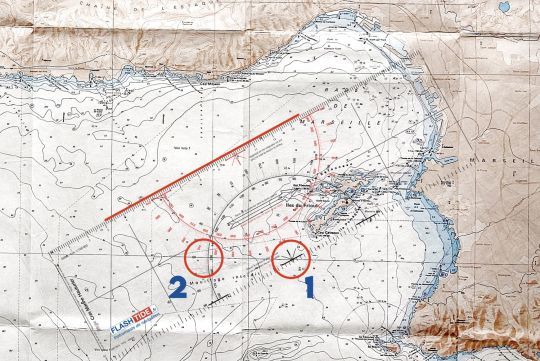
...I'm going to place the center of the lowest, southernmost protractor (1) on a lattitutde, a horizontal line. I will then read the heading by following the line on my protractor (2). Here, 60°.

I can also place the center of the lowest, most southerly protractor (1) on a longitude, vertical line. I then read the heading on the same line (2). Here again, 60°.

 /
/ 
